Photo Gallery for Plutella xylostella - Diamondback Moth | 223 photos are available. Only the most recent 30 are shown.
|
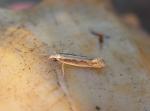 | Recorded by: R. Newman on 2025-05-06
Carteret Co.
Comment: | 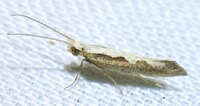 | Recorded by: Dean Furbish and Joy Wiggins on 2025-05-02
Pender Co.
Comment: |
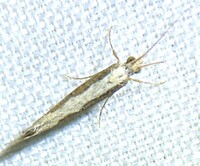 | Recorded by: Dean Furbish and Joy Wiggins on 2025-05-01
Pender Co.
Comment: |  | Recorded by: Dean Furbish on 2025-04-29
Pender Co.
Comment: |
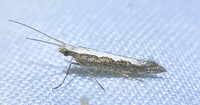 | Recorded by: Dean Furbish and Joy Wiggins on 2025-04-28
Pender Co.
Comment: |  | Recorded by: Dean Furbish and Joy Wiggins on 2025-04-27
Pender Co.
Comment: |
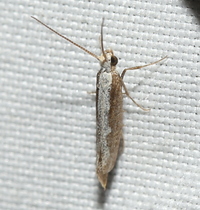 | Recorded by: David George, Bonnie Eamick on 2025-04-25
Wake Co.
Comment: | 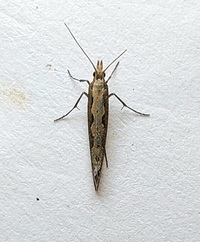 | Recorded by: Mark Basinger on 2025-04-24
Brunswick Co.
Comment: |
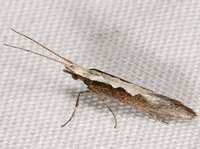 | Recorded by: John Petranka, Jim Petranka, Becky Elkin on 2025-04-14
Bladen Co.
Comment: | 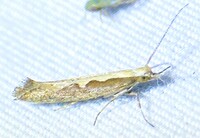 | Recorded by: Dean Furbish, Lior S. Carlson on 2025-04-05
Orange Co.
Comment: |
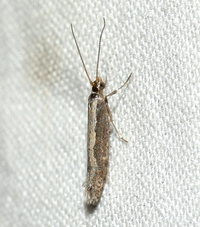 | Recorded by: David George on 2025-04-04
Durham Co.
Comment: | 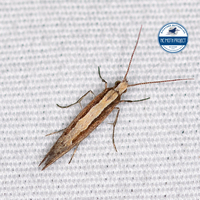 | Recorded by: Lior S. Carlson, Dean Furbish on 2025-04-04
Orange Co.
Comment: |
 | Recorded by: Lior S. Carlson, Dean Furbish on 2025-04-04
Orange Co.
Comment: | 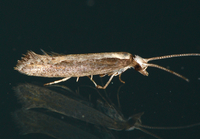 | Recorded by: Jim Petranka on 2025-03-31
Madison Co.
Comment: Specimen dissected. |
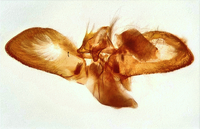 | Recorded by: Jim Petranka on 2025-03-31
Madison Co.
Comment: | 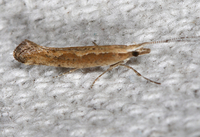 | Recorded by: Jim Petranka on 2025-03-18
Madison Co.
Comment: |
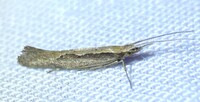 | Recorded by: Dean Furbish on 2025-02-07
Wake Co.
Comment: |  | Recorded by: Dean Furbish on 2025-02-06
Wake Co.
Comment: |
 | Recorded by: Dean Furbish on 2025-02-01
Wake Co.
Comment: | 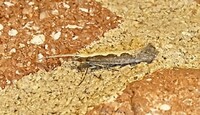 | Recorded by: Simpson Eason on 2024-12-17
Durham Co.
Comment: |
 | Recorded by: Dean Furbish on 2024-12-17
Wake Co.
Comment: | 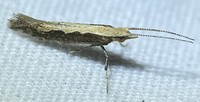 | Recorded by: Dean Furbish on 2024-12-08
Wake Co.
Comment: |
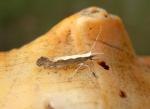 | Recorded by: R. Newman on 2024-11-18
Carteret Co.
Comment: | 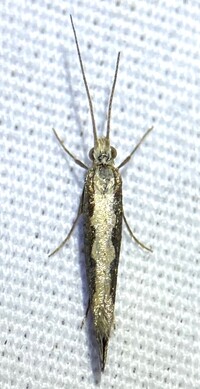 | Recorded by: Dean Furbish on 2024-11-18
Wake Co.
Comment: |
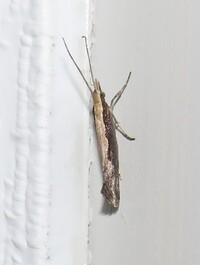 | Recorded by: B. Bockhahn on 2024-10-18
Macon Co.
Comment: | 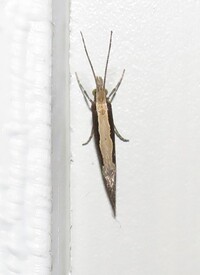 | Recorded by: B. Bockhahn on 2024-10-18
Macon Co.
Comment: |
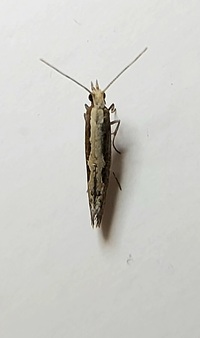 | Recorded by: Mark Basinger on 2024-07-14
Brunswick Co.
Comment: | 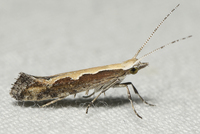 | Recorded by: John Petranka on 2024-06-11
Orange Co.
Comment: |
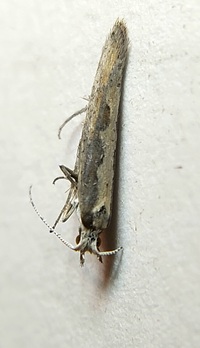 | Recorded by: Mark Basinger on 2024-05-23
Wilson Co.
Comment: | 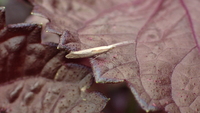 | Recorded by: Erich Hofmann and Kayla Weinfurther on 2024-05-18
Cumberland Co.
Comment: |
|